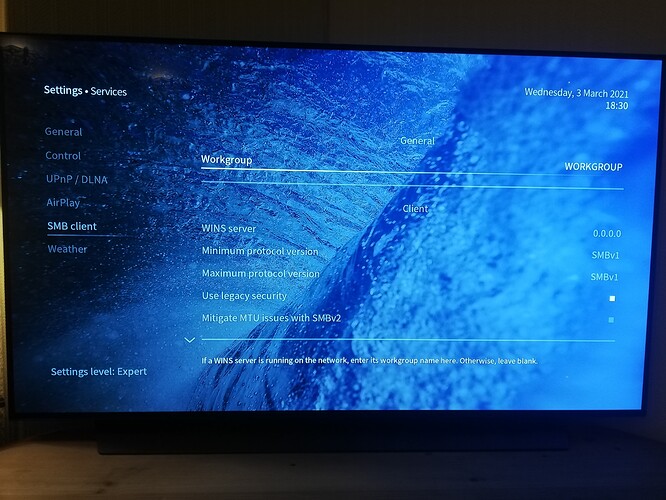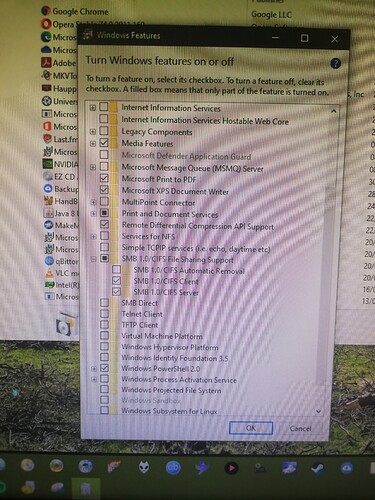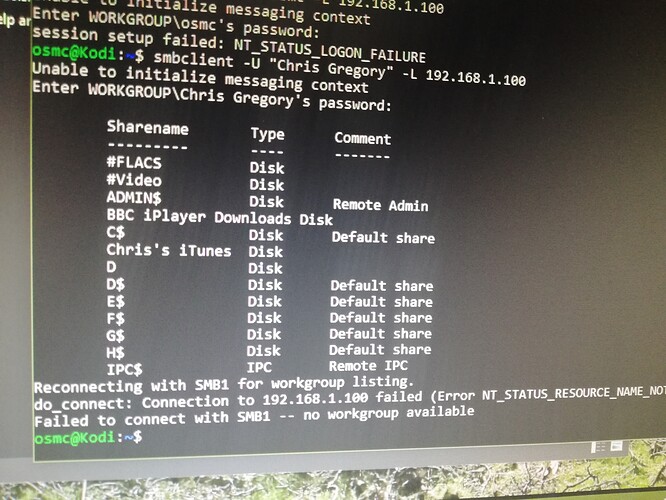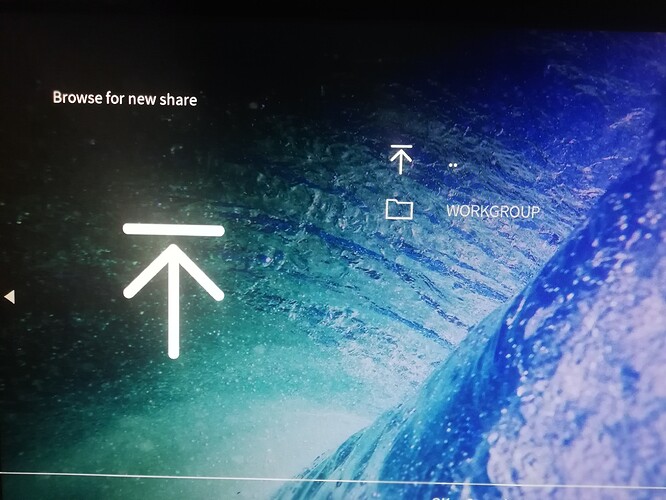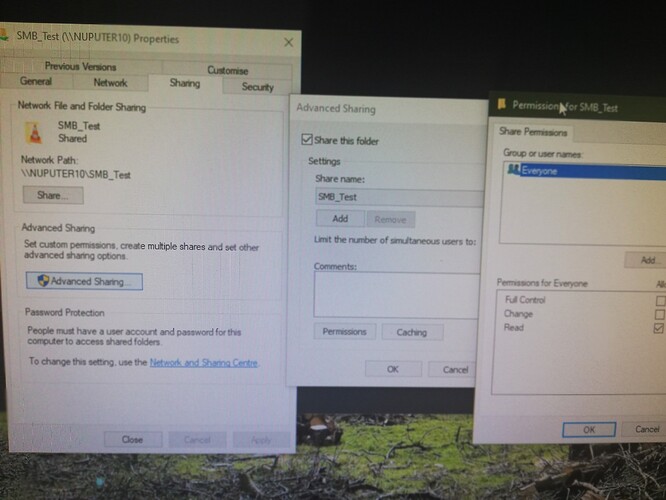Hello,
I get the famous « Error 2: share not available » when I try to access my SMB share. I tried all the solutions I could find on this forum and others, but none of them works.
My share is on my Time Capsule (a router with an integrated hard drive, sold by Apple a few years ago - now deprecated). It uses SMB1 (and AFP) protocol (and this can not be changed)
I can access this share with all the devices I tried with, except with my Raspberry.
The SMB name of the device is TIME-CAPSULE-DE
The share name is TimeCapsule
The device IP is 192.168.1.14
I use « Add network location », not « Windows network (SMB) »
I tried:
- smb://TIME-CAPSULE-DE/
- smb://TIME-CAPSULE-DE/TimeCapsule
- smb://192.168.1.14
- smb://192.168.1.14/TimeCapsule
I tried with and without saved user / password
- and 3. don’t give any error but just display an empty folder, my share doesn’t appear
- and 4. give the error 2 error message.
I’ve been struggling with this for weeks!
